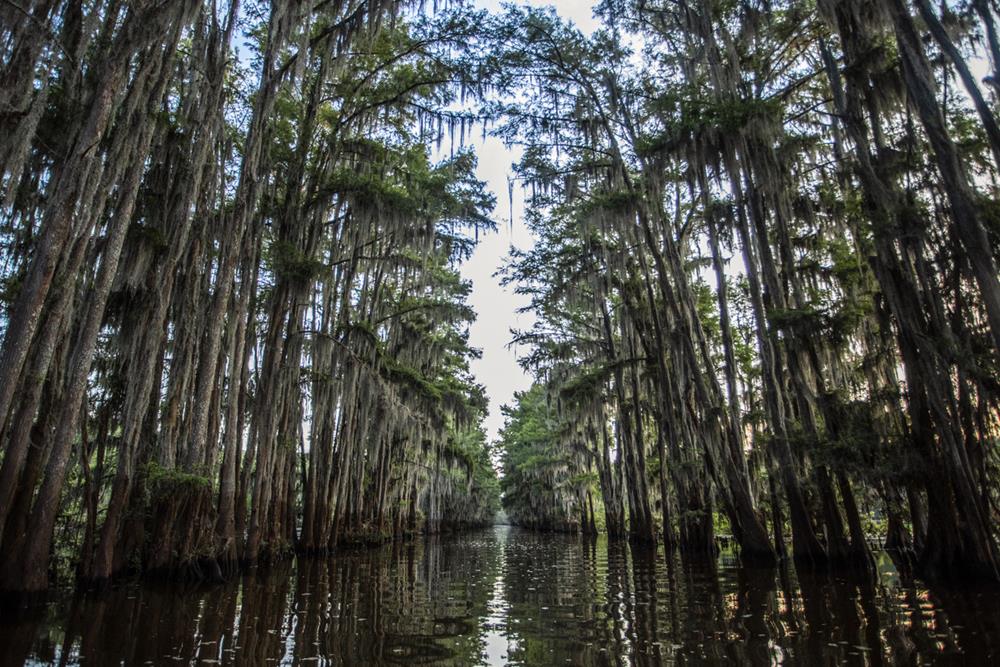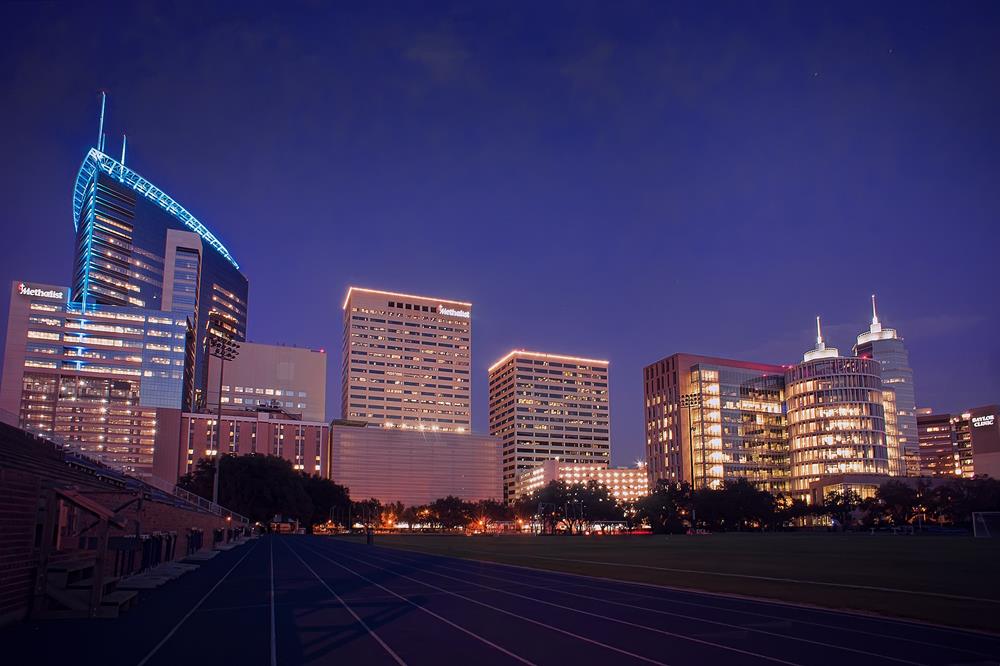What Makes San Antonio’s Culture So Unique
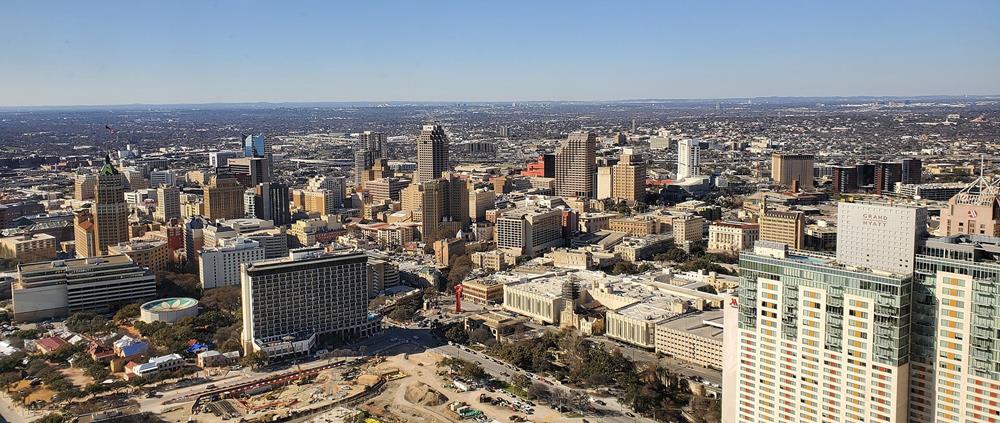
San Antonio's culture stands out as a vibrant three-century fusion of Hispanic, German, and Indigenous influences you won't find elsewhere. You'll experience this blend in the city's UNESCO-recognized cuisine, authentic cowboy heritage traced to Spanish vaqueros, and iconic sites like the Alamo and River Walk.
From Día de los Muertos celebrations to German-influenced architecture in the King William Historic District, San Antonio's cultural tapestry offers a uniquely American story waiting to be discovered.
The Alamo City: Where History Shapes Identity
https://www.youtube.com/watch?v=iWNkKQPBPU4
While many American cities claim unique historical foundations, San Antonio's identity remains inseparably intertwined with the Alamo's powerful legacy. As you walk through downtown, you'll find this former Spanish mission stands as more than just an architectural preservation project—it's the beating heart of Texan cultural identity.
The defenders' sacrifices during those fateful 13 days in 1836 transformed what was once Mission San Antonio de Valero into a symbol of courage and resistance. The battle cry "Remember the Alamo" became a powerful rallying point that united Texans in their fight for independence. Though many original structures were damaged after the Texas Revolution, the iconic church with its curvilinear façade continues to captivate visitors.
When you experience the Alamo, you're connecting with the strategic military stronghold that galvanized Texas independence and the cultural cornerstone that defines San Antonio's unique spirit to this day.
A Melting Pot of Cultural Traditions and Heritage
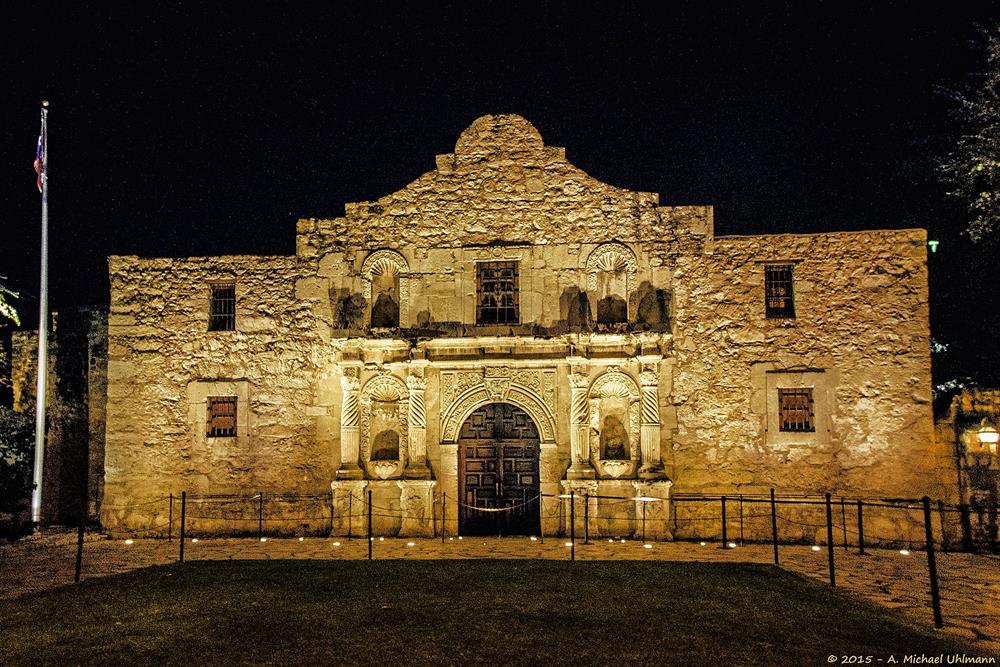
When you step into San Antonio, you're immersing yourself in one of America's most authentic cultural blends—a city where heritage isn't simply preserved but actively lived. This vibrant metropolis showcases how diversity-driven innovation emerges when different traditions intertwine over centuries.
The city's multilingual commercial vibrancy reflects its evolution from Hispanic roots (~64% of the population) alongside a significant German presence that grew markedly in the mid-19th century. Today, you'll experience this fusion through:
- Culinary adventures blending Tex-Mex flavors with German traditions at establishments like Schilo's German-Texan deli
- Festivals celebrating multiple heritages from Día de los Muertos to Oktoberfest
- Architectural harmony where Spanish colonial designs stand alongside German-influenced structures
This cultural convergence powers San Antonio's unique identity and economic resilience. The city's rich Indigenous and Spanish-era irrigation history lives on through the acequia systems preserved at the Missions, illustrating collaboration between European settlers and Native communities.
UNESCO Gastronomy: San Antonio's Culinary Revolution
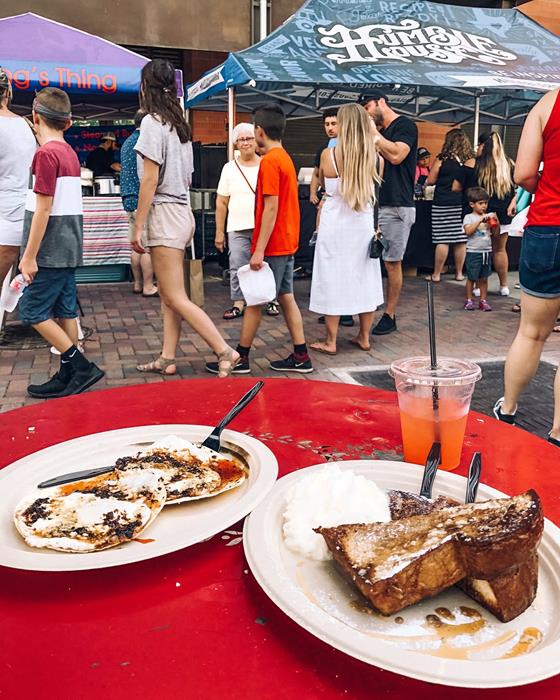
San Antonio's culinary landscape shifted in October 2017 when the city earned UNESCO Creative City of Gastronomy status. As one of only two U.S. cities with this honor (along with Tucson), you'll taste three centuries of cultural fusion that define San Antonio's unique gastronomic identity.
The city's Chef Ambassador program spotlights local culinary talent who represent San Antonio internationally, showcasing Indigenous, Spanish, Mexican, and German influences while advancing sustainable practices. The city is also widely known as the Culinary Capital of Texas—a moniker embraced by Visit San Antonio to reflect the breadth of its dining scene.
When you dine in San Antonio, you're experiencing more than just Tex-Mex cuisine—you're participating in a living culinary heritage where innovation meets tradition, supported by community-focused food systems that emphasize local production and cultural preservation.
From Vaqueros to Cowboys: The Birth of Western Tradition
Though celebrated in Hollywood films and American folklore, the authentic cowboy culture you'll encounter in San Antonio reveals a far richer heritage than popular myths suggest. The true origins trace back to Spanish vaqueros who established ranching traditions in the 1700s, creating multi-generational families whose influence remains visible today.
In these close-knit ranching communities, diverse cultural foundations shaped what would become iconic American traditions:
- The language of cowboys borrows directly from Spanish—"lasso" (lazo), "chaps" (chaparreras), and "rodeo" (rodear)
- Early cowboys included many Mexican, Black, and Native American riders, not solely the white Europeans portrayed in films
- San Antonio became a ranching hub where vaquero music, techniques, and styles evolved into modern cowboy culture
The skills and expertise of vaqueros were instrumental in the development of Texas ranching, as they became the backbone of industry long before Texas declared independence in 1836.
The River Walk: Cultural Heartbeat of the City
The meandering waters that snake through downtown offer more than just scenic views—they represent San Antonio's cultural soul. Born from tragedy after the devastating 1921 flood, this experience evolved from architect Robert H. Hugman's 1929 plan.
The downtown loop spans about 2.5 miles within a much larger interconnected river system, and the first formal River Parade launched in 1941 after WPA-era improvements—an origin carried on today by the Texas Cavaliers River Parade.
When you stroll along the winding pathways, cross charming bridges, or dine riverside, you're experiencing preservation at its finest. What began as flood control has transformed into the economic and social centerpiece of the city, blending natural beauty with San Antonio's diverse heritage.
Military City USA®: How Service Shaped San Antonio
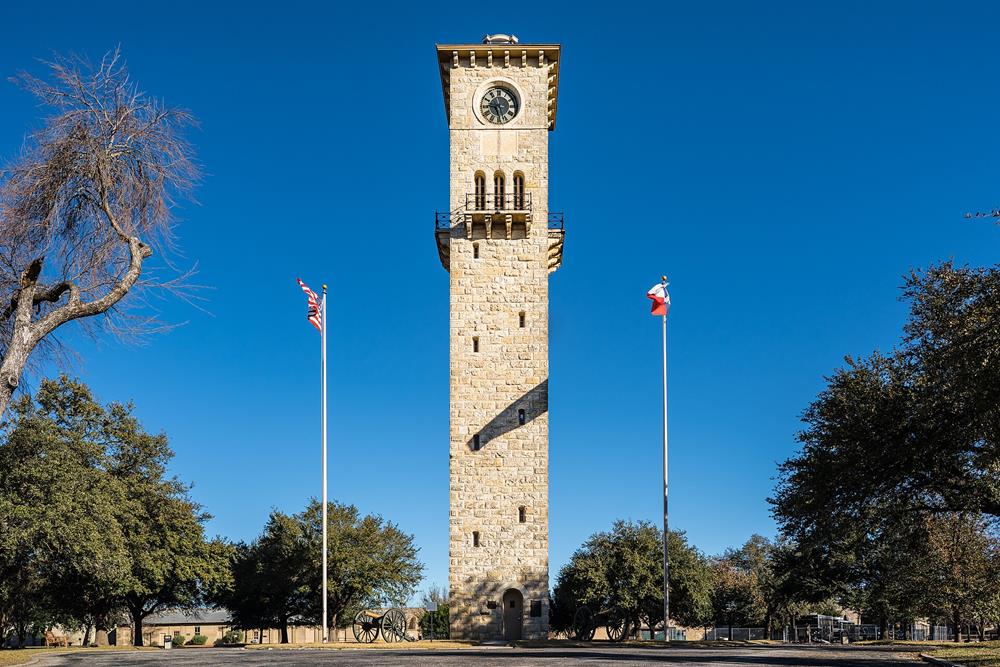
With a proud military heritage spanning nearly three centuries, San Antonio has earned its registered trademark as Military City USA®. You'll feel this influence throughout the city, from Spanish colonial missions that established the first military presence to today's Joint Base San Antonio installations at Fort Sam Houston, Lackland AFB, and Randolph AFB.
The military presence weaves into daily life:
- Economic impact drives local businesses and supports dual-military families
- Cultural diversity from service members enriches food, music, and traditions
- Community events like the America's Armed Forces River Parade celebrate the bond between civilians and military
This strategic heritage traces to 1718, when Martín de Alarcón established the San Antonio de Béxar Presidio—a military outpost for Spanish Texas.
Celebrations and Festivals: The Soul of Community Expression
San Antonio's vibrant festivals and celebrations offer the clearest window into its soul. The iconic Fiesta San Antonio attracts millions annually with 100+ events, including the famed Battle of Flowers Parade, long recognized as one of the nation's largest day parades. You'll also find the Texas Cavaliers River Parade illuminating the river at night.
The diversity of San Antonio festivals reflects its multicultural heritage. Experience Fiesta Noche del Rio—San Antonio's longest-running outdoor musical revue (since 1957)—at the Arneson River Theatre. During Diwali SA, thousands of floating diyas transform the river into a sea of light. Music lovers can enjoy world-class performances at Jazz'SAlive, now staged at Civic Park in Hemisfair. Even St. Patrick's Day receives special treatment when the River Walk turns emerald for the celebration.
